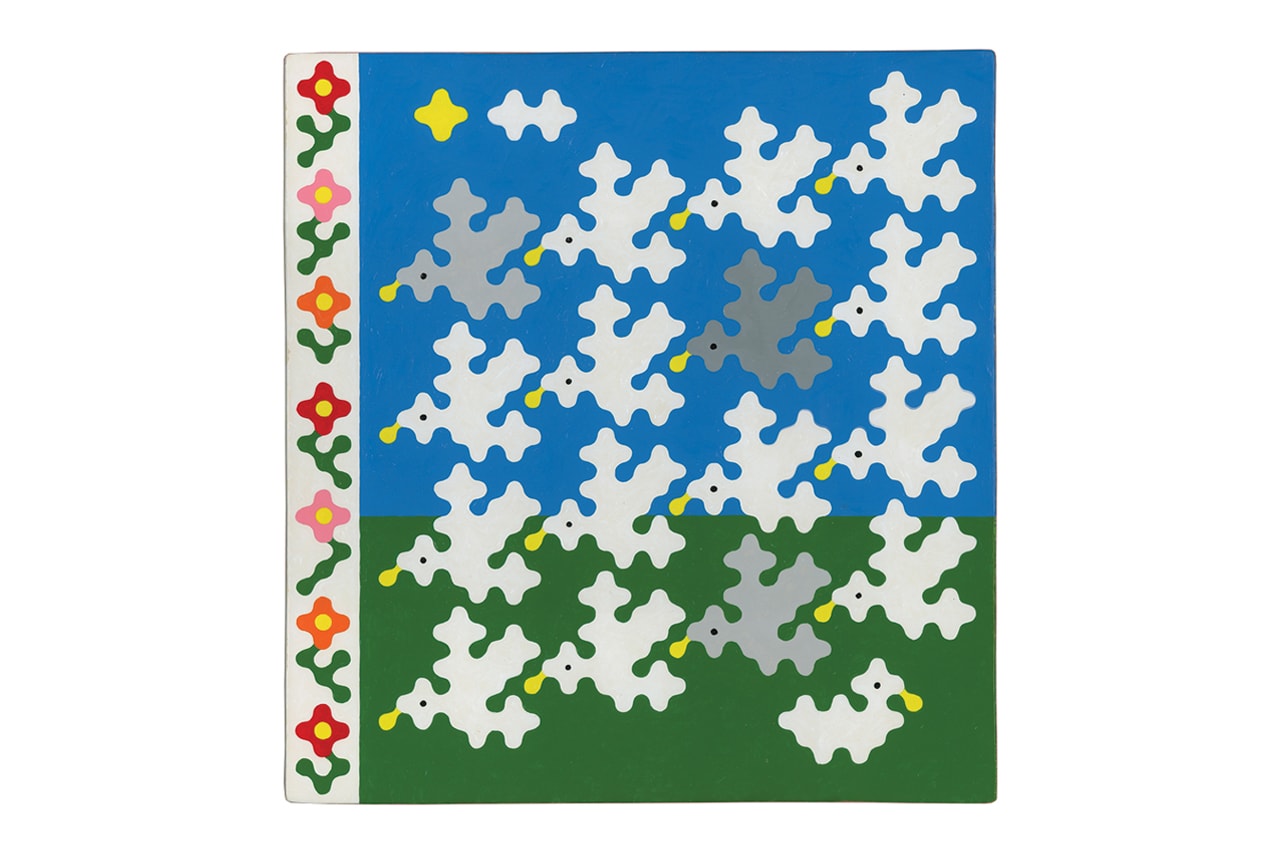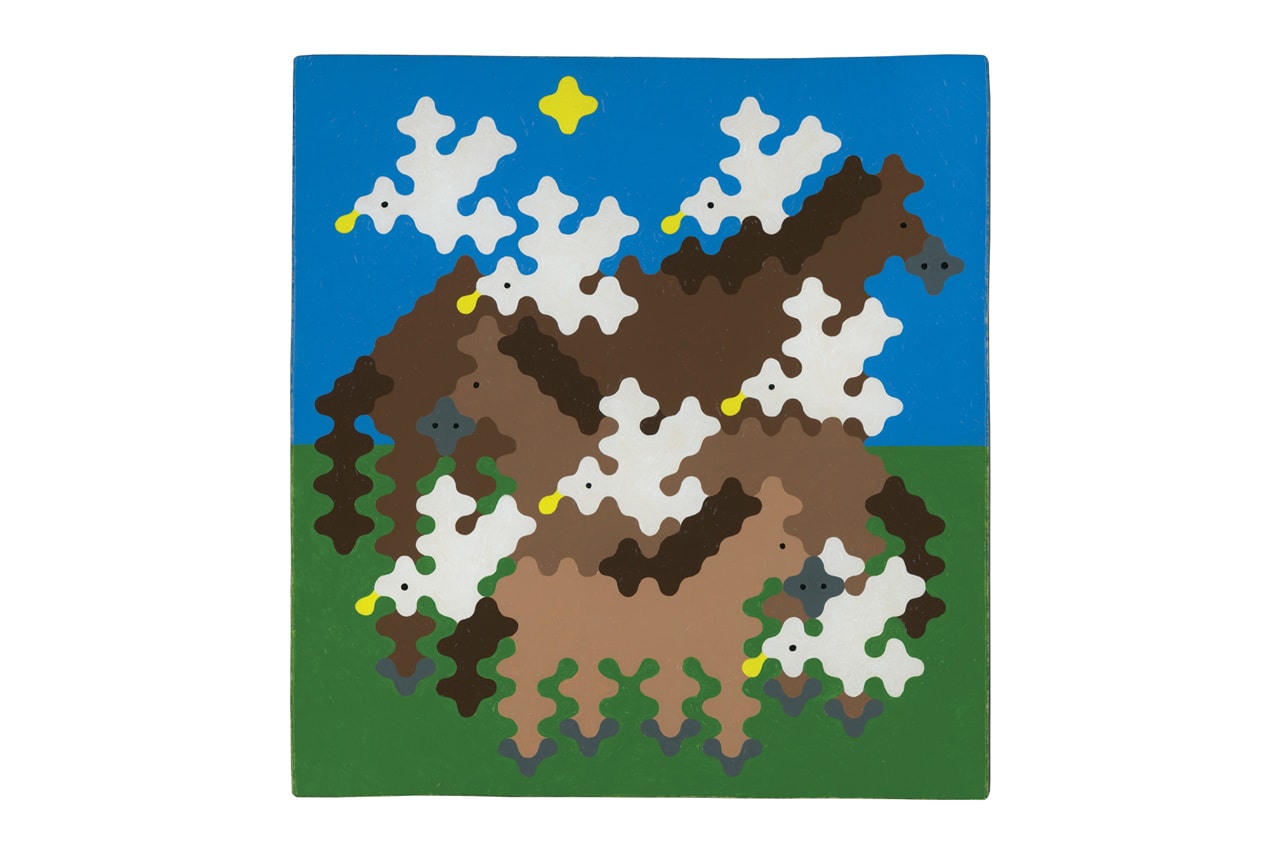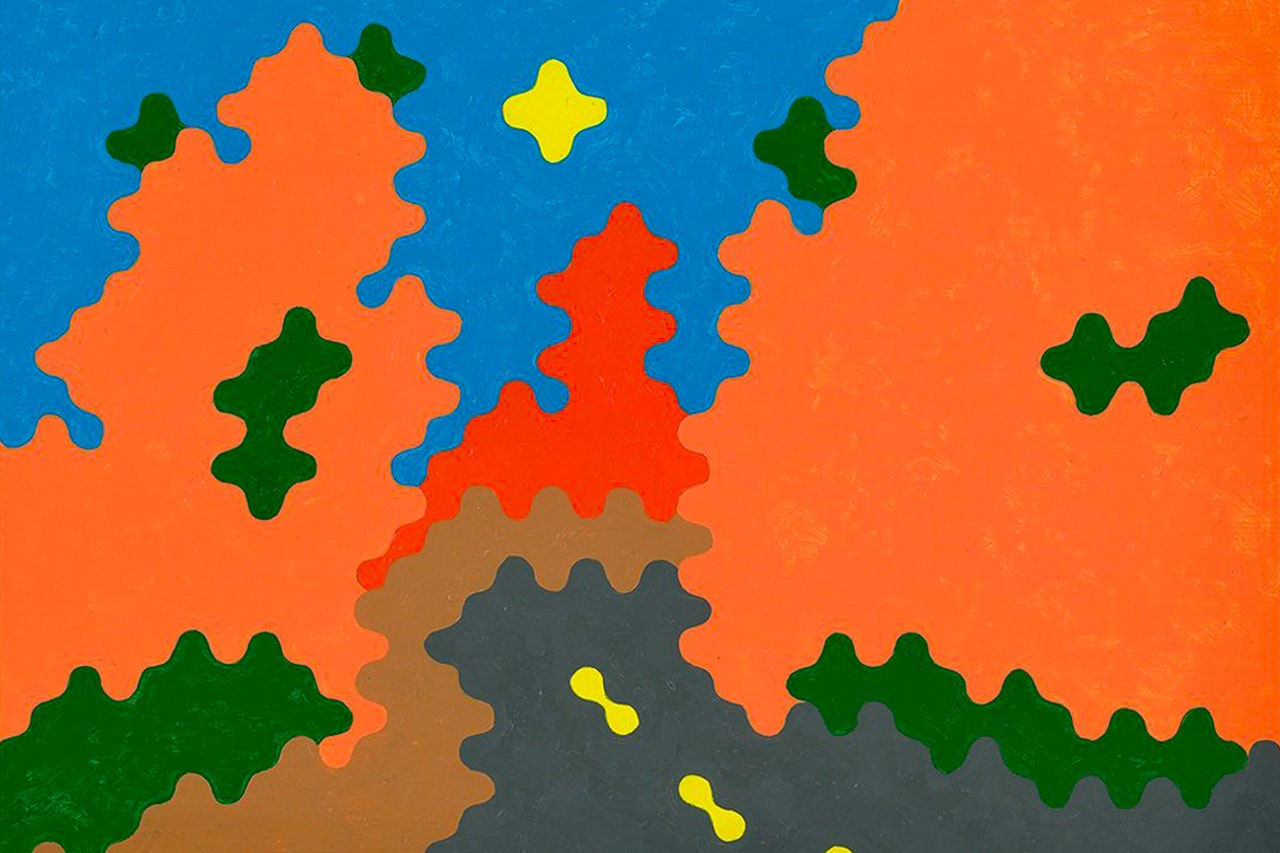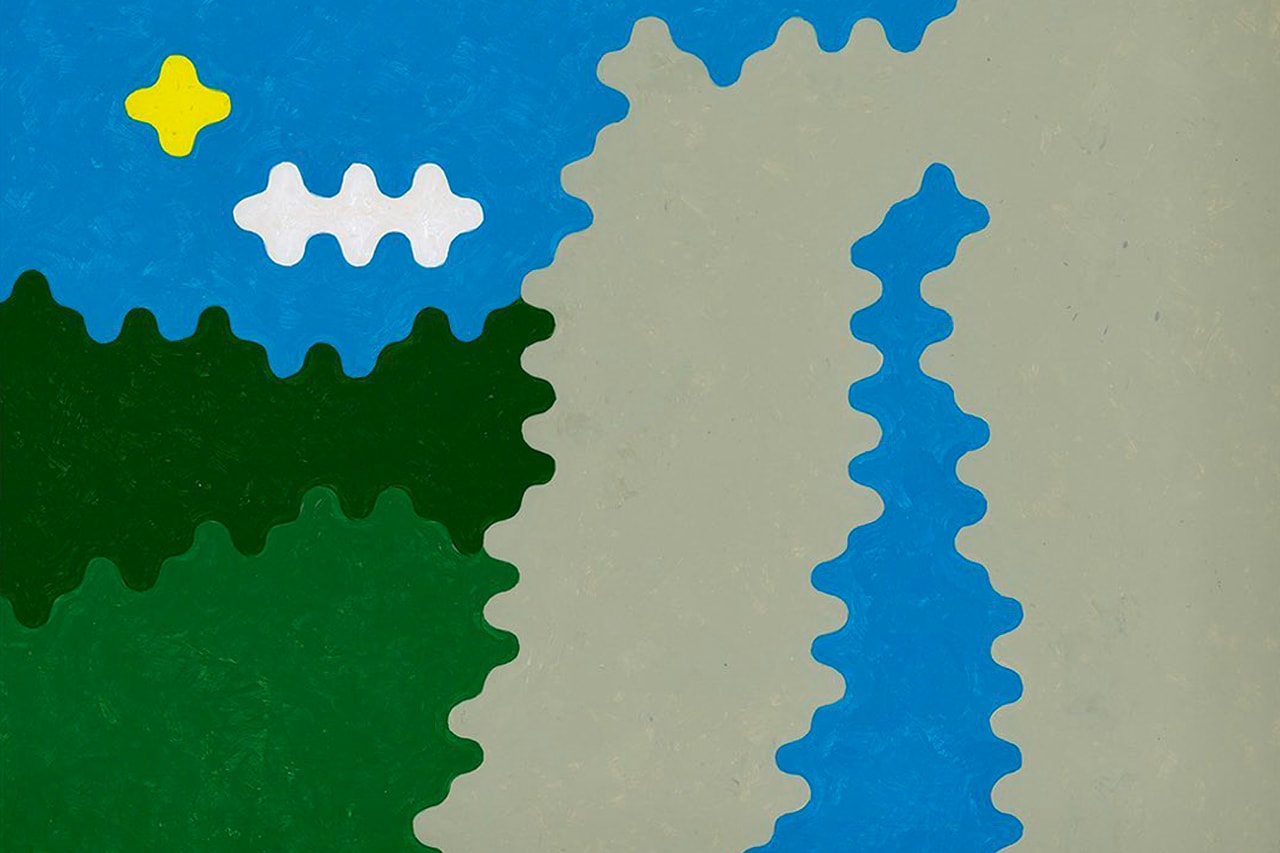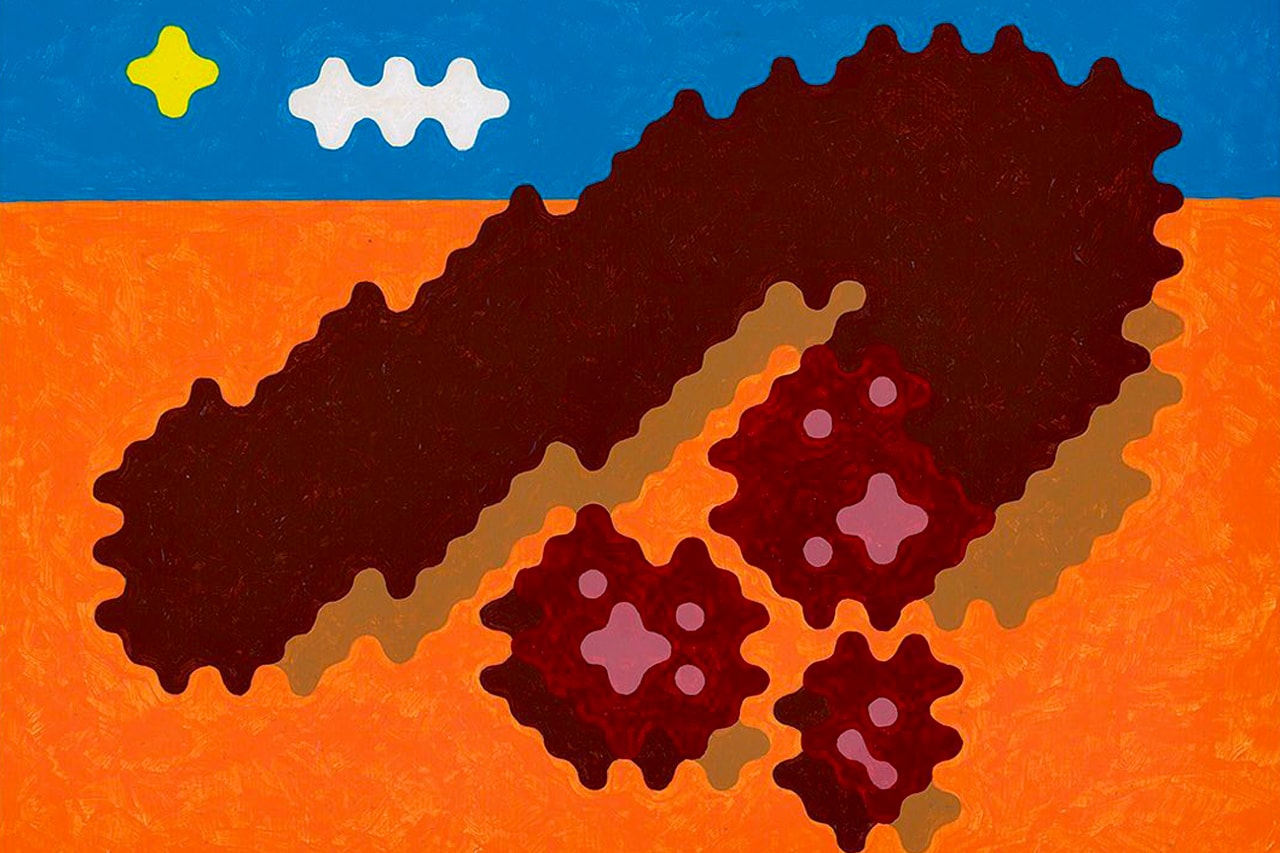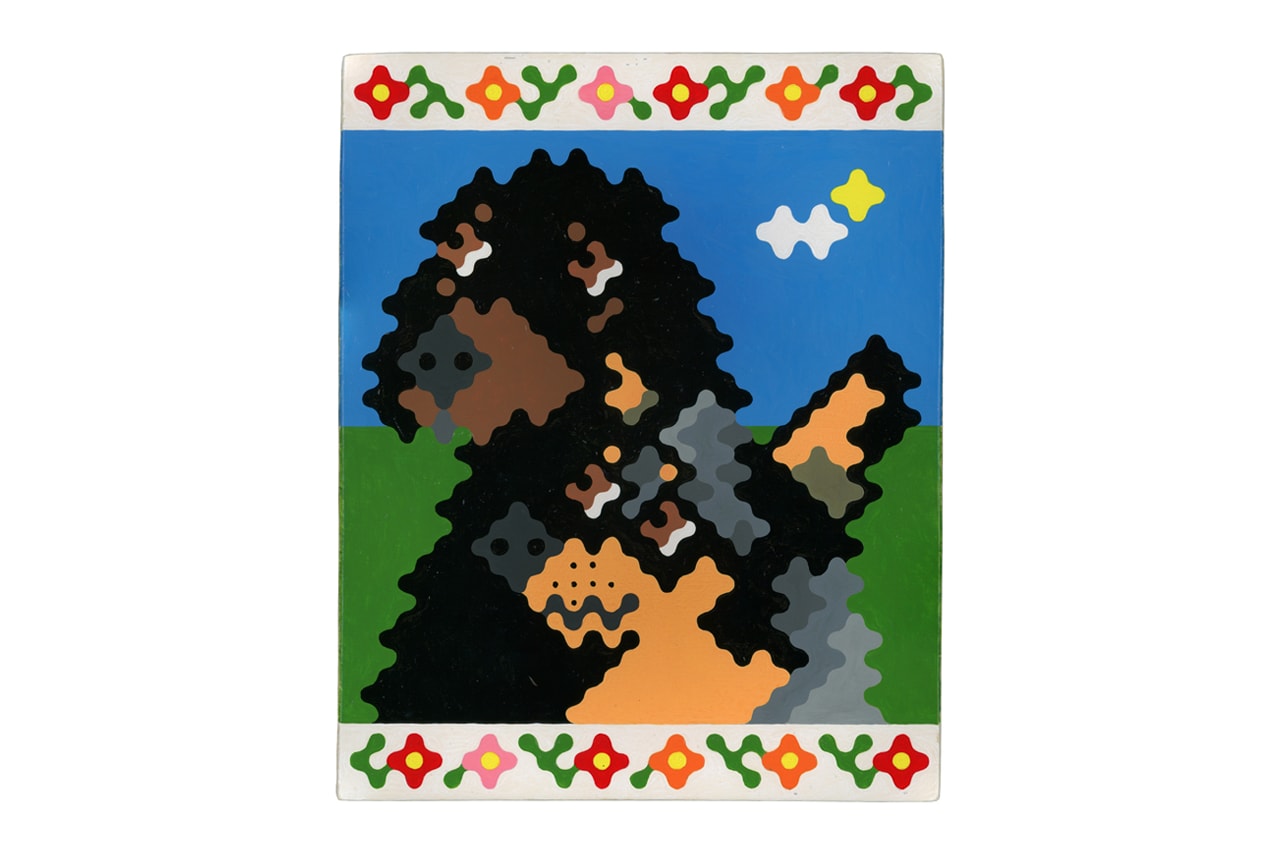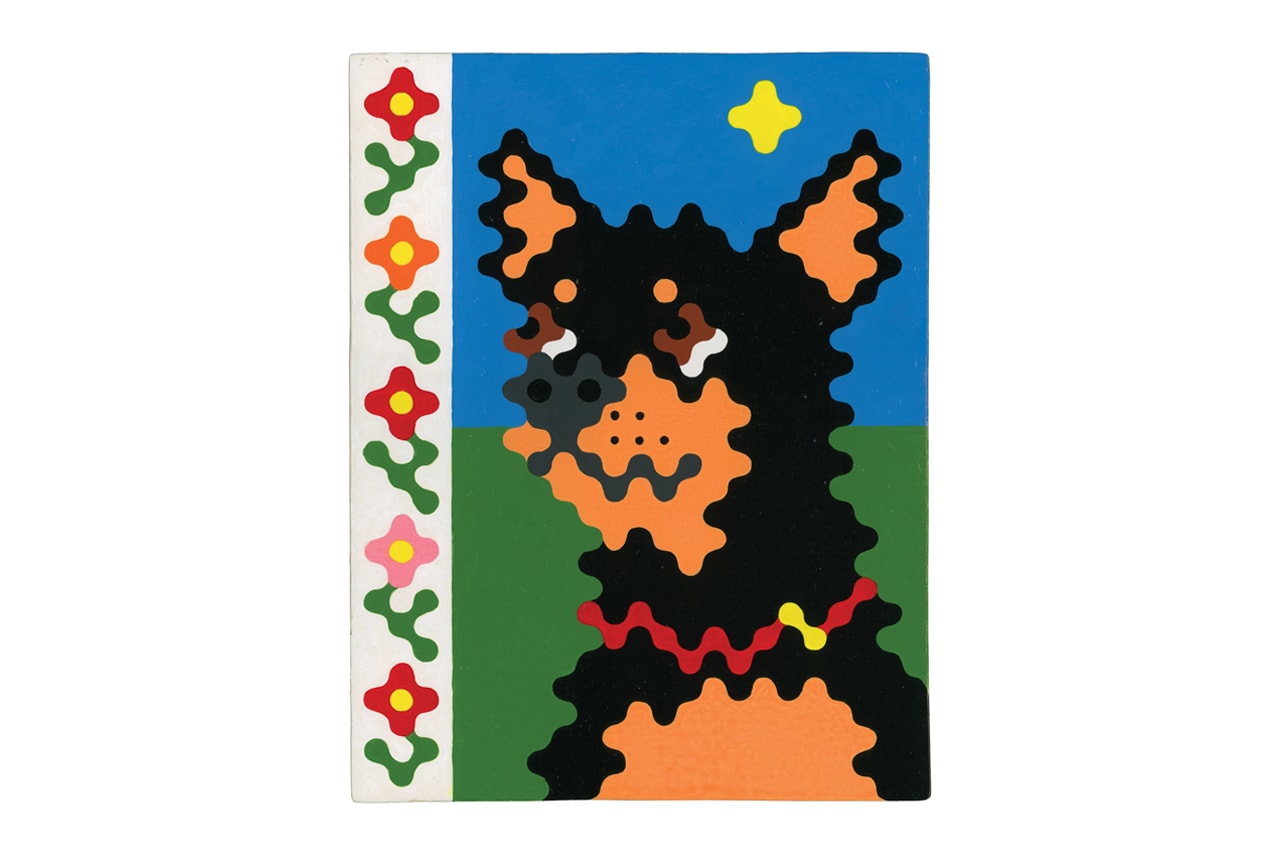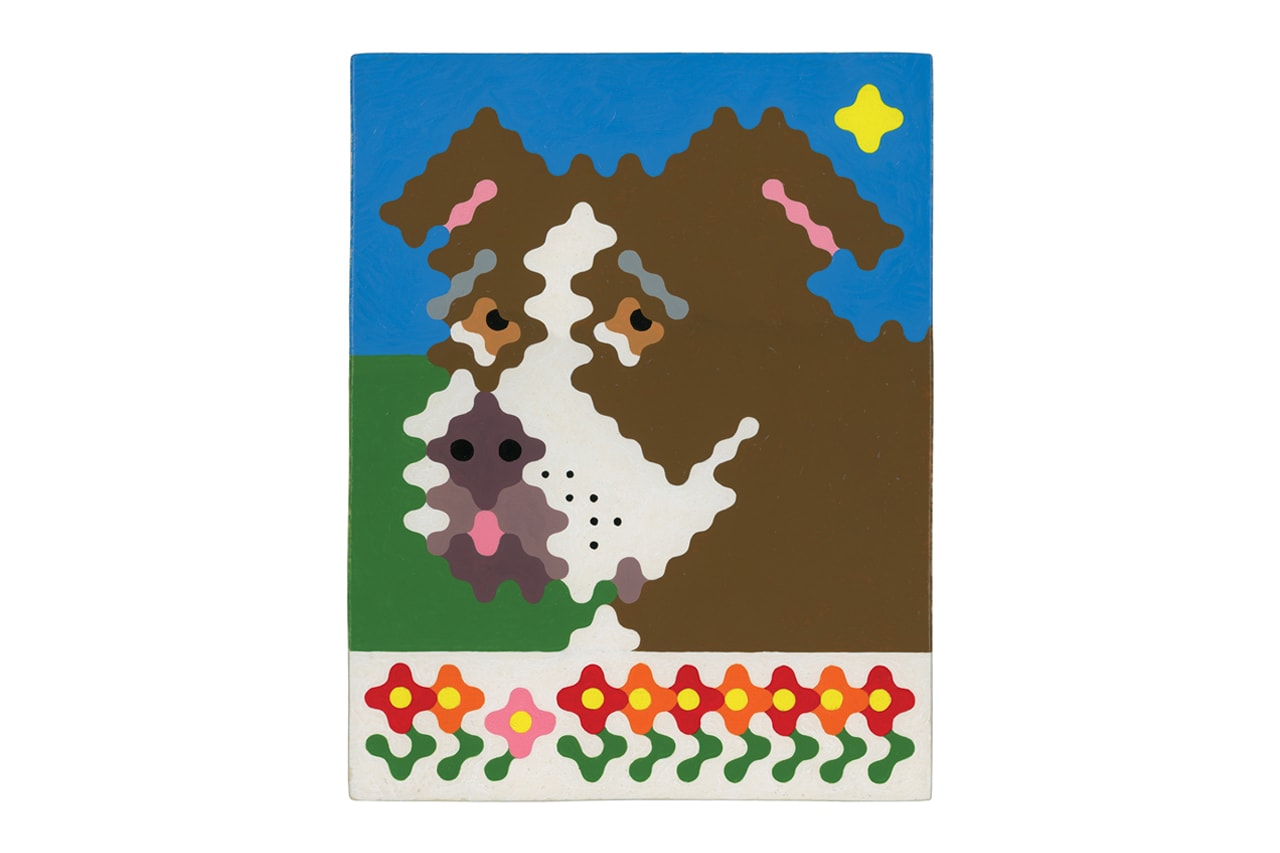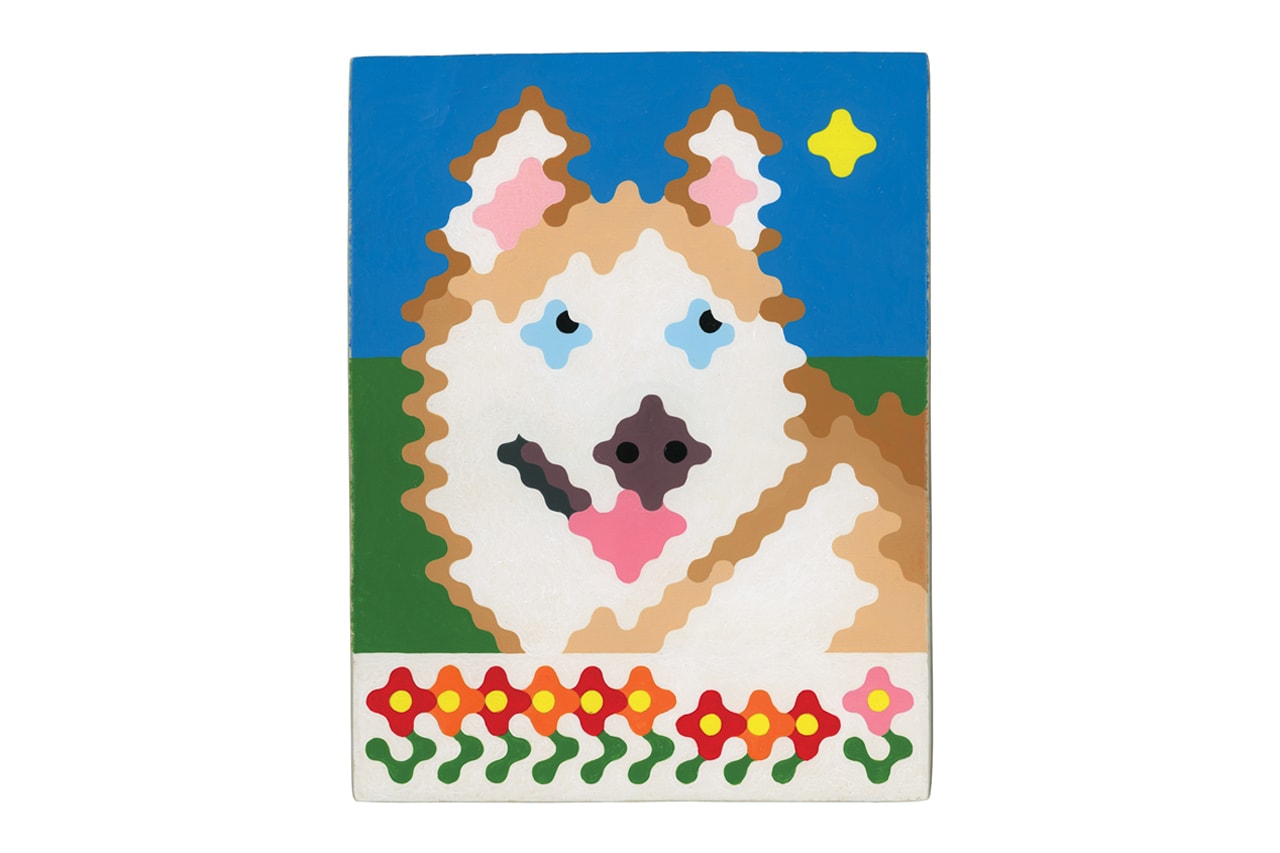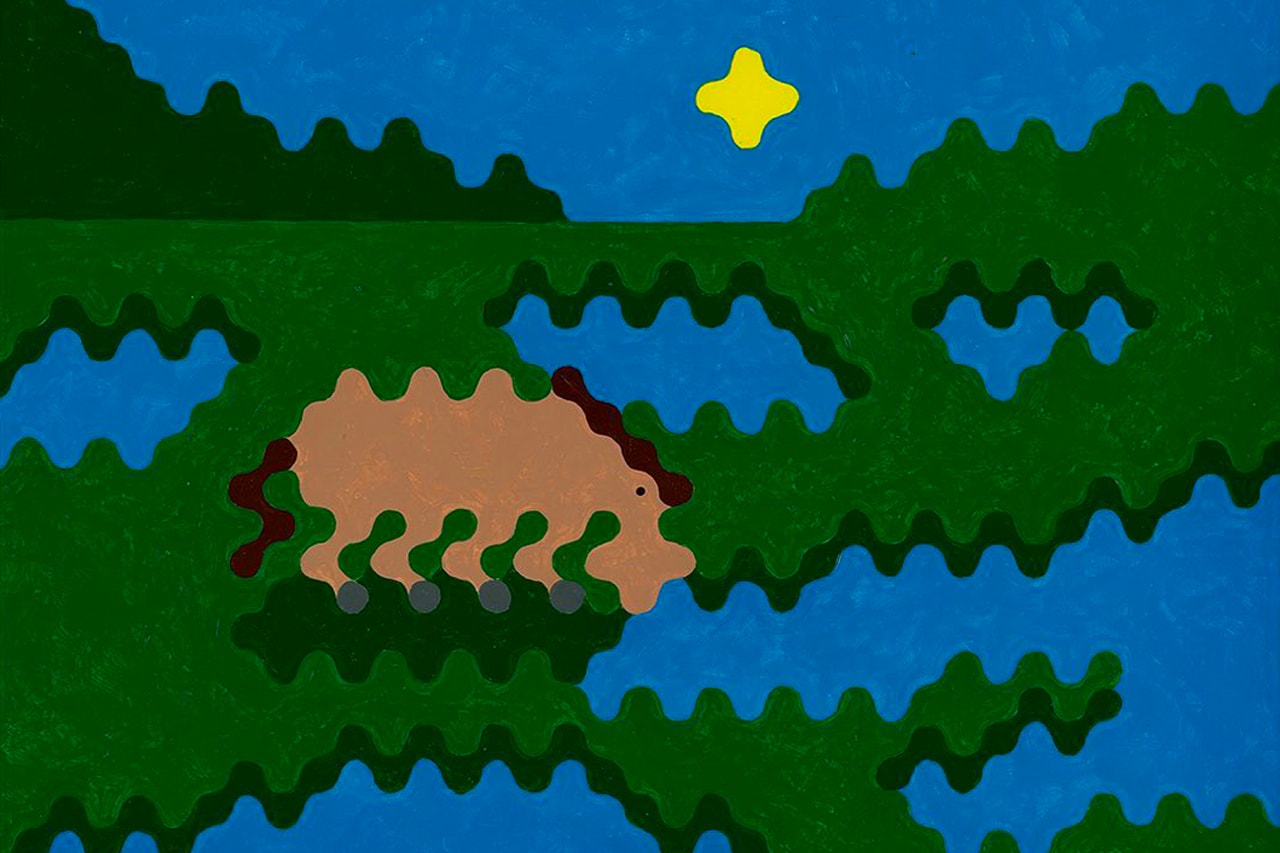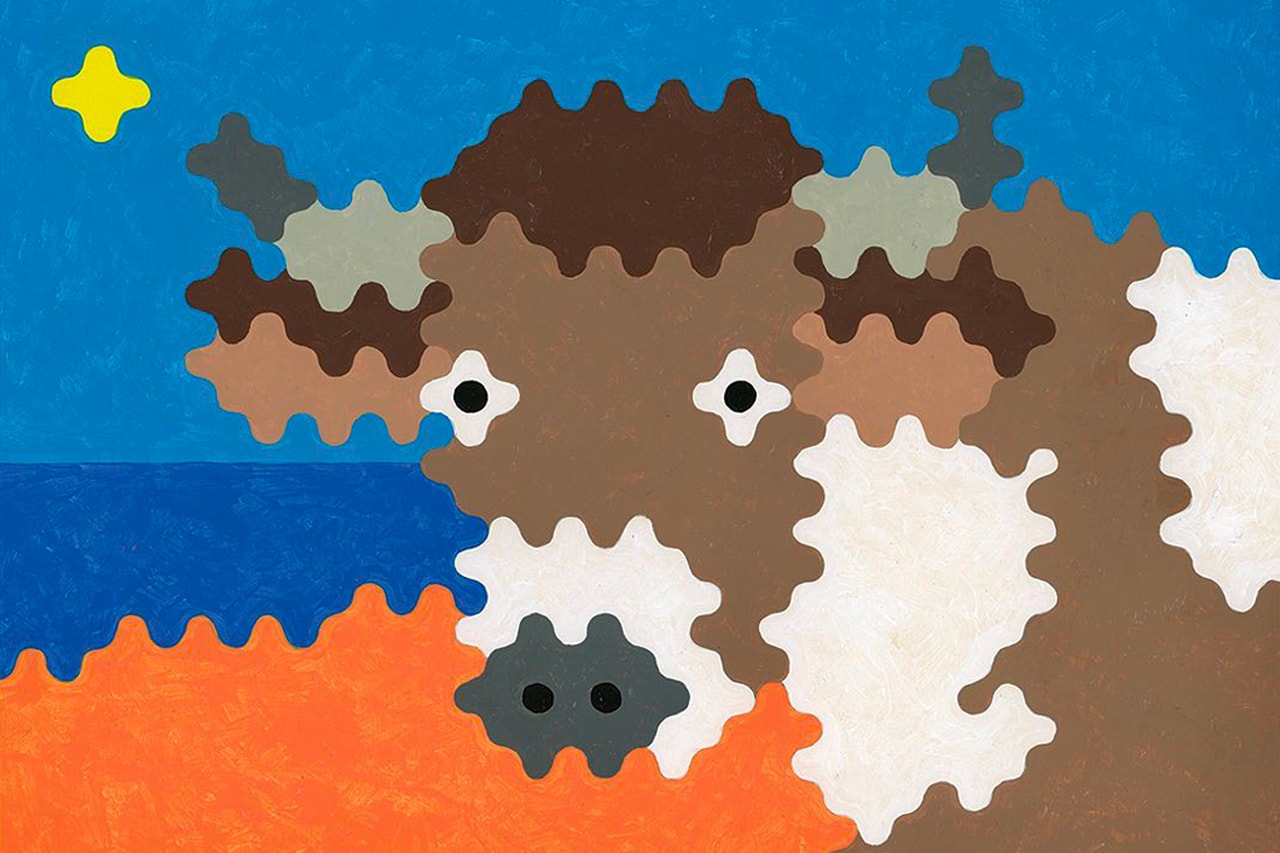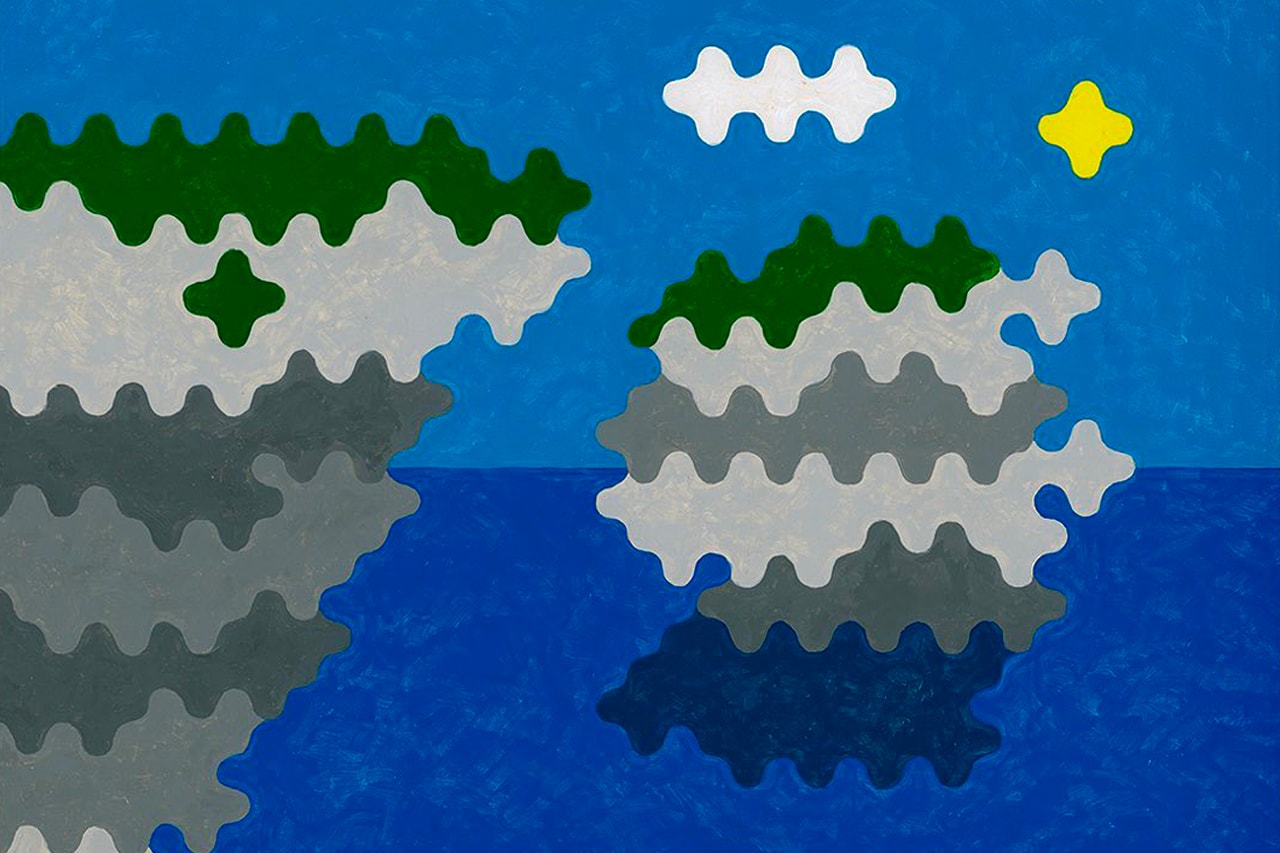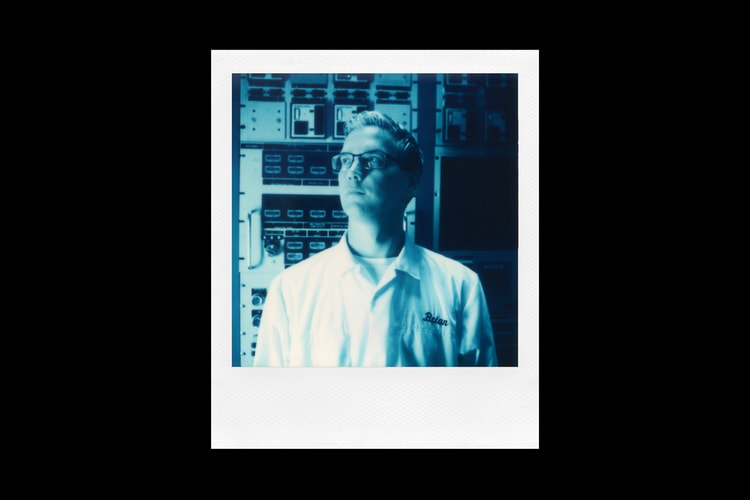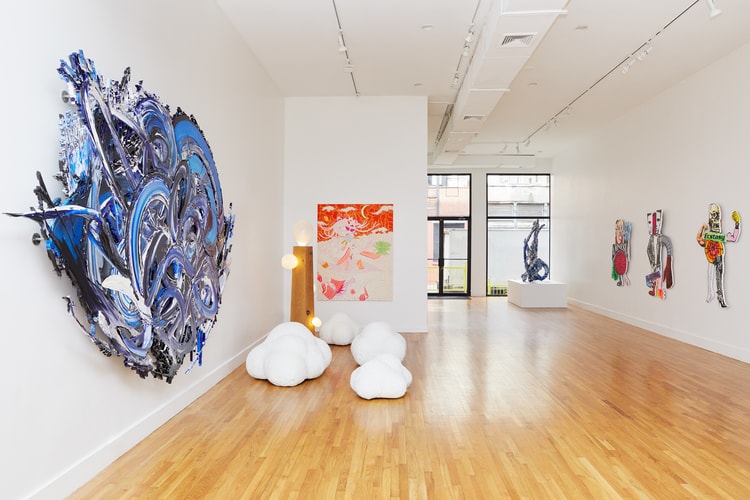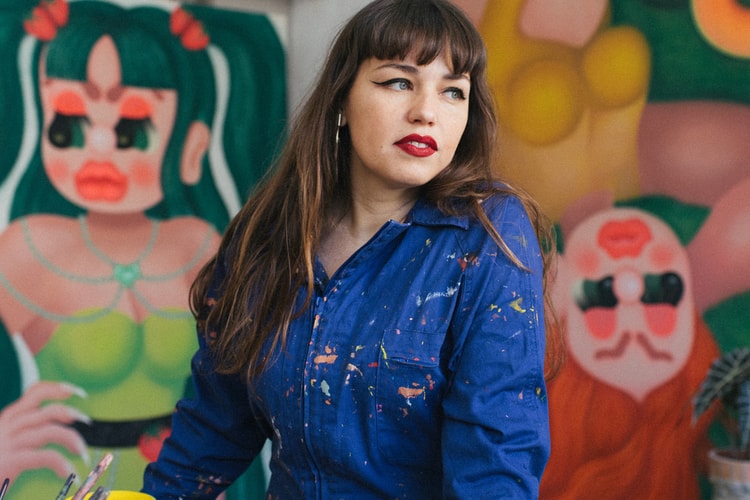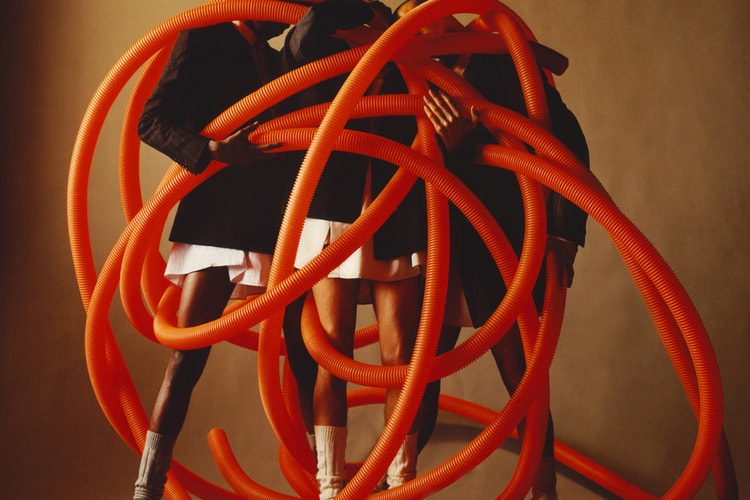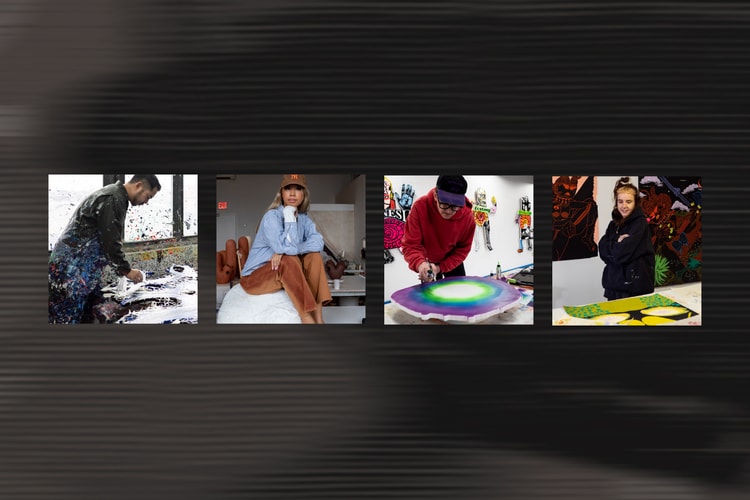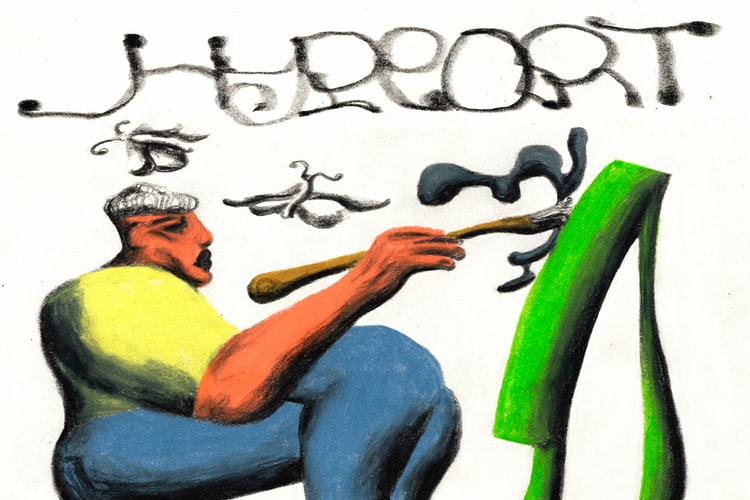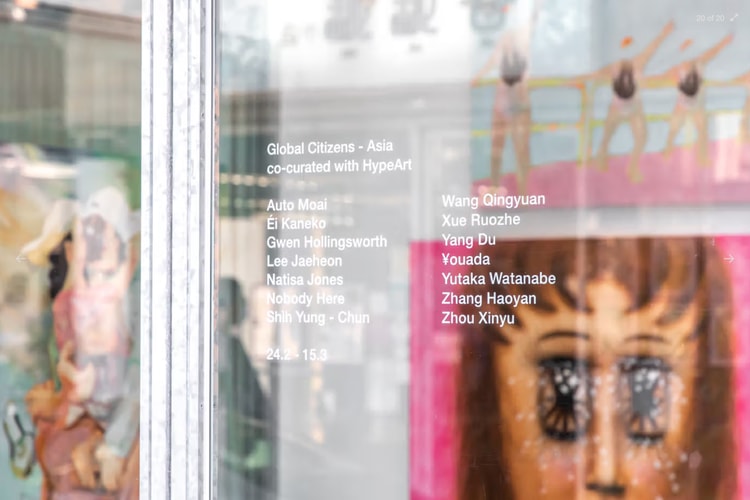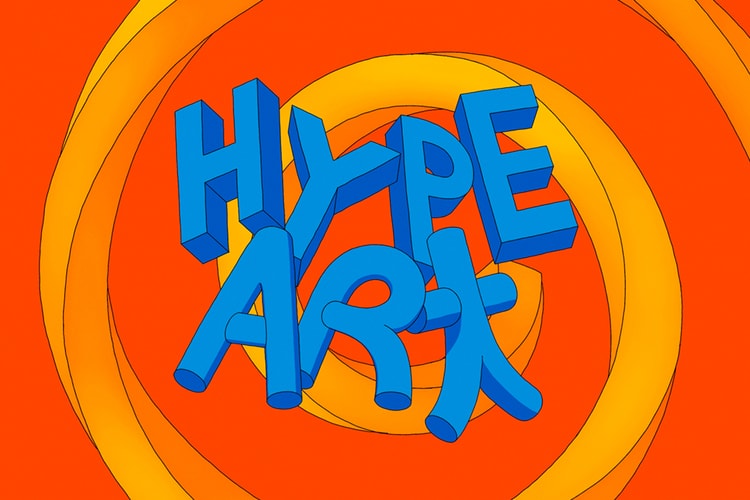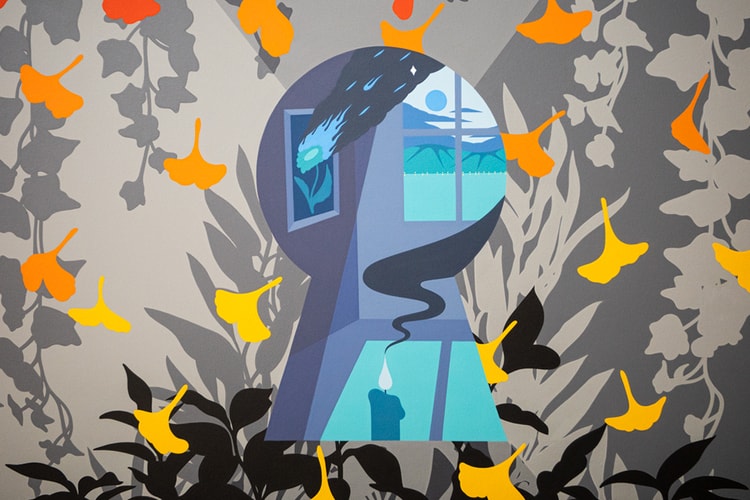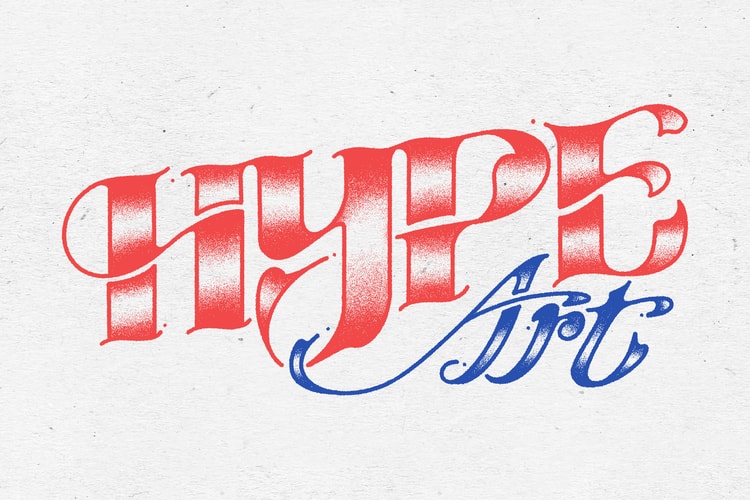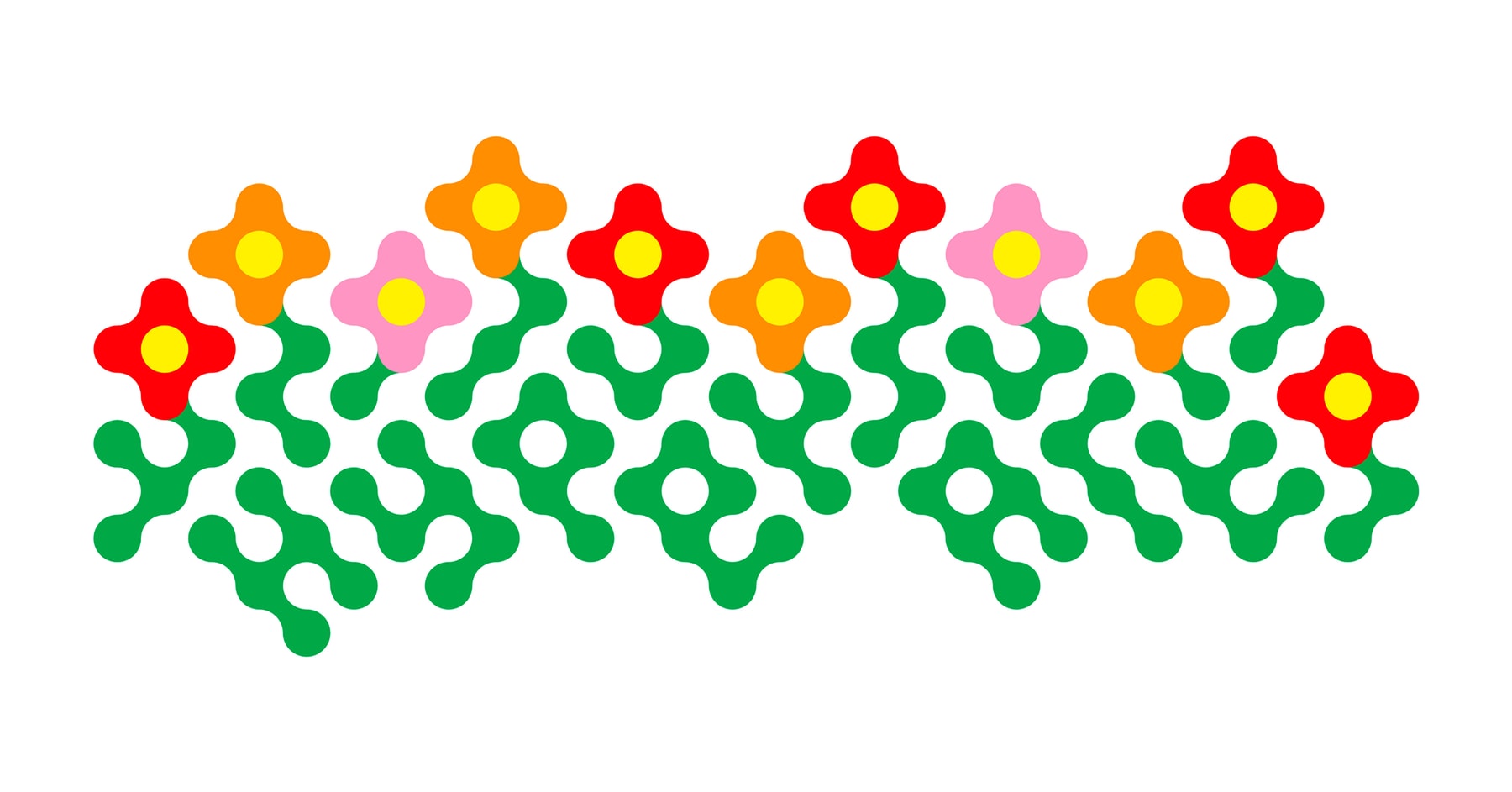

With million dollar figures being thrown at auction, it’s easy to forget that art can just be made for fun. It’s ok to make work that doesn’t need to be for someone else or about anything, really. Insert all the tacky slogans you want, ‘Just Do It’, ‘Live the Journey’ — whichever.
For British artist, Joe O’Donnell, skateboarding taught him early on to chase a feeling. Born in Milton Keynes and now based up in Manchester, O’Donnell continues to work at the intersection of skateboarding and art, creating work that is reminiscent of early teletext art from the 1970s, which imparts a feeling of liveliness and joy.
While art is entirely subjective, it’s objectively hard not to smile a bit when looking at O’Donnell’s work. A beady-eyed horse looking out of a washy stable, pigeons ripping apart a bag of chips or an animation of a car endlessly driving up a staircase — who knows what the message is, but it’s brilliant.
Animations, prints and woodblock sculptures have been a constant throughout his career, as is his more digitally-focused creations, but painting has become a recurrent interest within his practice. In particular, he creates amusing portraits of dogs — call him a pup portraitist, if you will — simply because their expressions make him smile.
For the latest Pen & Paper, Hypeart caught up with O’Donnell to retrace his sources of inspiration and how he gets through creative constraints.
We like a good origin story. How did your artist journey begin and what have been some big influences along the way?
I think my interest in art started when I got into skateboarding as a kid. All the art and music that goes along with it completely defined my life as a teenager. When a few of my friends went to art school in London, I would go and visit. It was really inspiring and definitely gave me the confidence to try and push myself to develop my own work.
Football and music are some of the first things outsiders think of when mentioning Manchester. Having initially moved up for the skate scene, how would you describe the city?
I grew up in Milton Keynes with a romantic idea of what it would be like to live in a city, and when I first moved here it definitely fulfilled that fantasy for me. At the time, there was nothing more exciting than exploring somewhere new with my close friends. I was working at NOTE skate shop and my life pretty much only consisted of skateboarding, making art and hanging out with my friends. The center of Manchester is actually pretty small now that I know my way around, but I feel like I have fond memories on almost every corner of it. I’ve had some of the best times of my life here, so I do get quite sentimental about the place.
“I was trying to get away from feeling obliged to have a specific ‘meaning’ to my work.”
Animals and flowers are several major themes you depict. How would you describe your practice and how did this retro computer vibe develop?
My style developed out of my very basic knowledge of vector illustration and a frustration with inconsistencies in my work. Over time, this developed into my own set of rules that I chose to work by in order to produce my work. After a while, I reached a point where I was happy with the principles of my art, but felt a bit unfulfilled with the work only ever existing on a computer screen. I started experimenting with woodcuts and painting as a way to bring the work into the real world. This was a really exciting time for me as it opened up a lot more opportunity for experimentation.
The animals and flowers came a little bit later on. I was trying to get away from feeling obliged to have a specific ‘meaning’ to my work, but I still wanted coherence across my pieces, like all of them belonging in the same universe. With all the excitement of experimenting with making physical work, I was more focused on enjoying the process of making rather than questioning why I was doing it. I’ve always been fond of animals, but it honestly feels like I fell into making this work by accident.
Can you walk us through your process — from earliest ideation to final execution?
My process varies a bit from project to project, but generally I will try and get some reference images for inspiration and play around with the scale and compositions in Illustrator. I usually think of this process as more akin to playing with building blocks rather than sketching in a traditional sense. This stage can take anywhere from a few minutes to hours or even days. In most cases, once I have a design that I am happy with I will draw it up on to a wooden board and begin the painting process. I love seeing my creations come into the real world as physical pieces.
Most your paintings and illustrations appear in an almost default screensaver of a background. Is there any messages or themes you explore in your work?
Not intentionally, I think meaning seems to become clearer when I make more work and only after the work is finished. If I think too much about a message or purpose I end up not making anything.
What have been some of your favorite paintings and projects to date?
I have an ongoing pet portrait project that has become a major part of my practice. It’s an honor to be trusted to paint a portrait of these pets that are so loved and I’m really proud to know my portraits are hanging in peoples homes around the world. More recently, I have been trying to balance this side of my work alongside personal pieces that I’m planning to show in a solo exhibition. It’s important to me to keep experimenting and pushing the principles of my approach to making art.
When you’re not creating art or need to take a break to reset, how do you spend your time?
I like to be active, skateboarding is still a massive part of my life and I enjoy getting out on my bike. I tend to spend a lot of time sat relatively still when I’m painting so I always look forward to getting outside and ideally seeing some nature.
“The less options you have, the easier it is to decide what to do.”
How do you get through creative constraints?
My whole philosophy is based on imposing constraints as a way to encourage creativity; the less options you have, the easier it is to decide what to do. That’s not to say that I don’t ever get stuck, I definitely do, sometimes you just have to accept that you are going to make something rubbish.
Who would be a dream collaborator?
I’m open to most things, the projects I tend to enjoy most are the ones that I never would have thought up myself, but still feel like they are in line with my direction as an artist. I’d like to make some bigger sculptural work, maybe a crazy-golf course or something like that.
Can we look forward to some projects and exhibitions in the near future?
Yes! I’m currently working towards my first solo exhibition. It’s going to be all new paintings and at the moment it’s scheduled for early June in Manchester.
All artwork courtesy of Joe O’Donnell.








